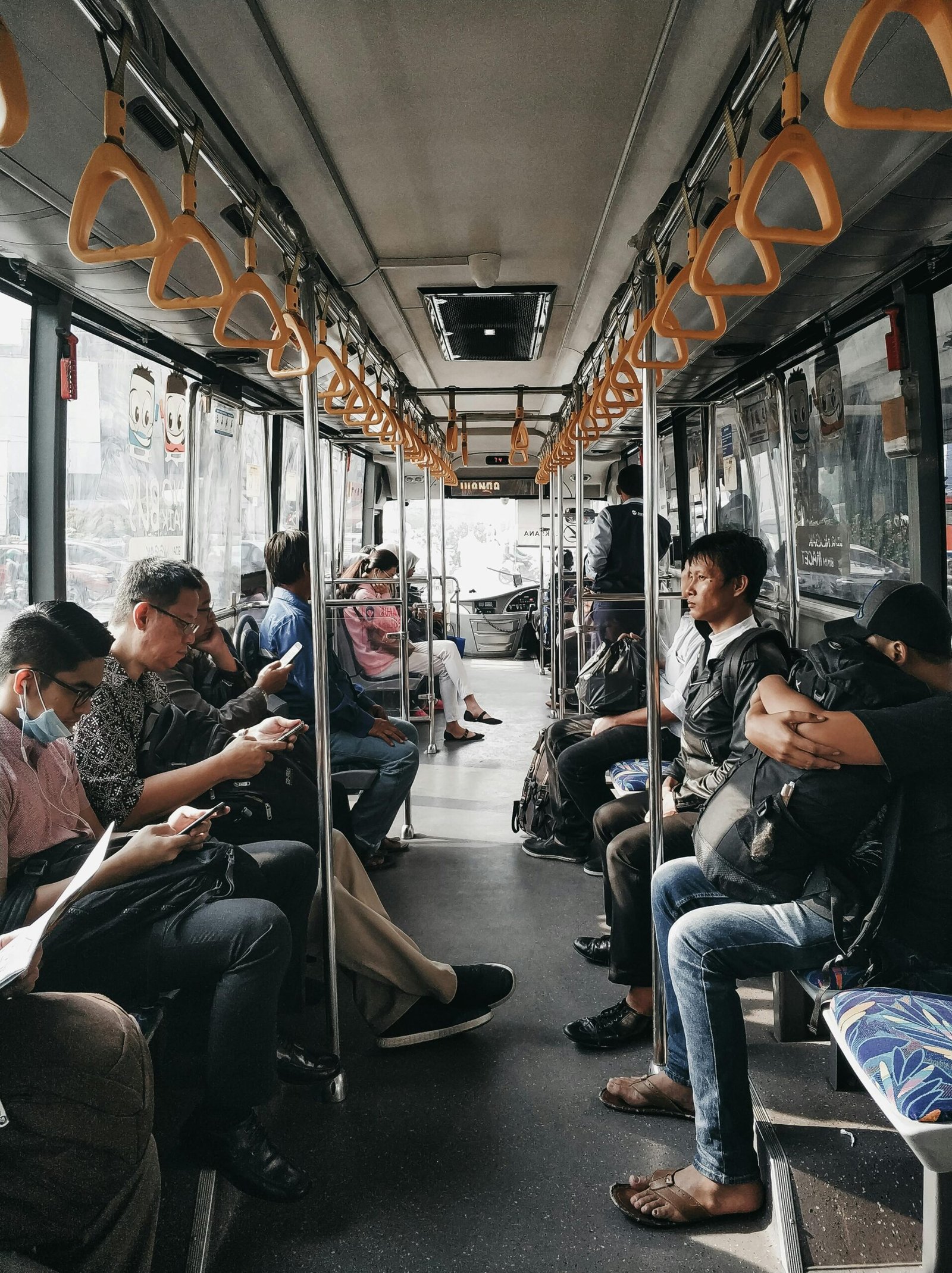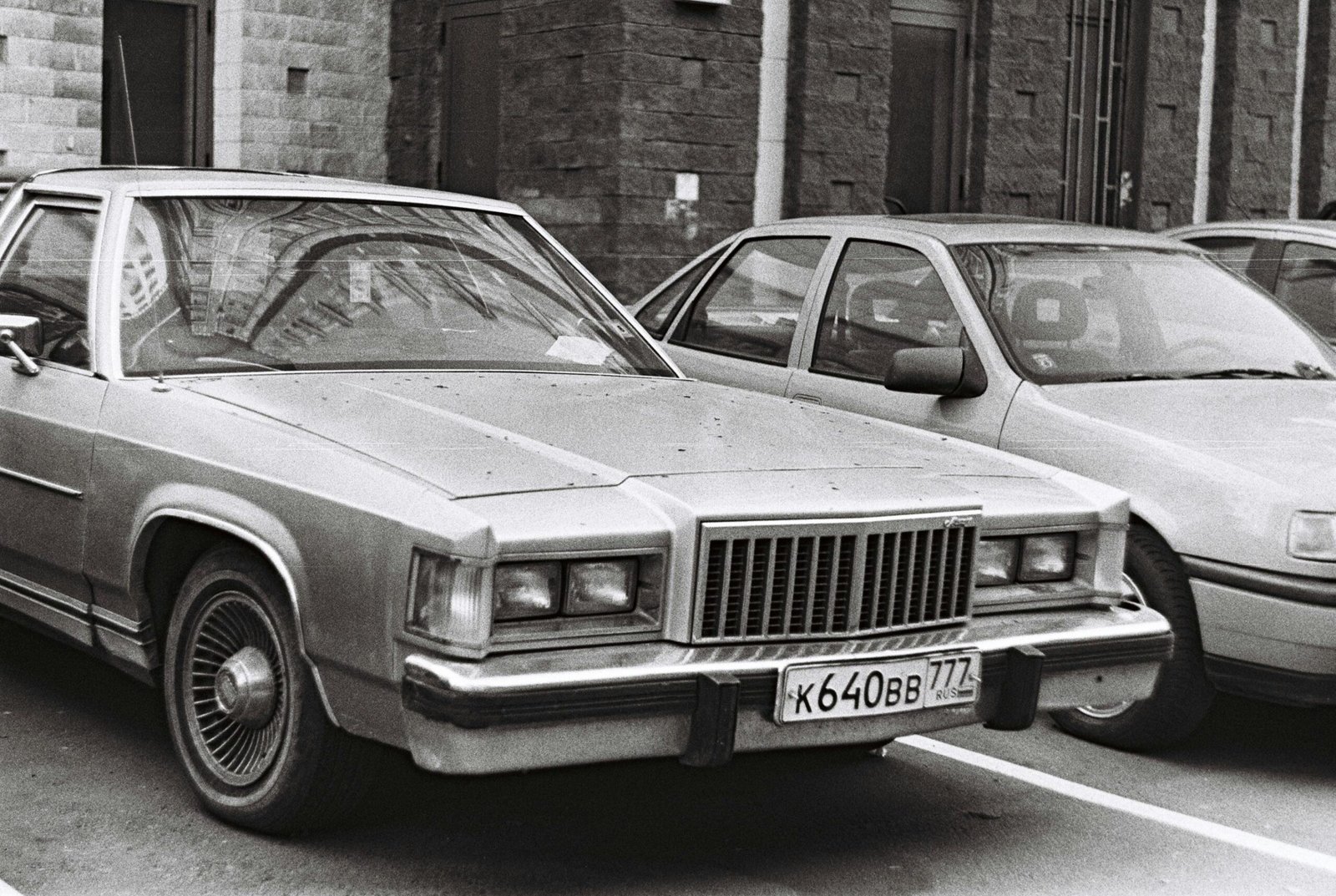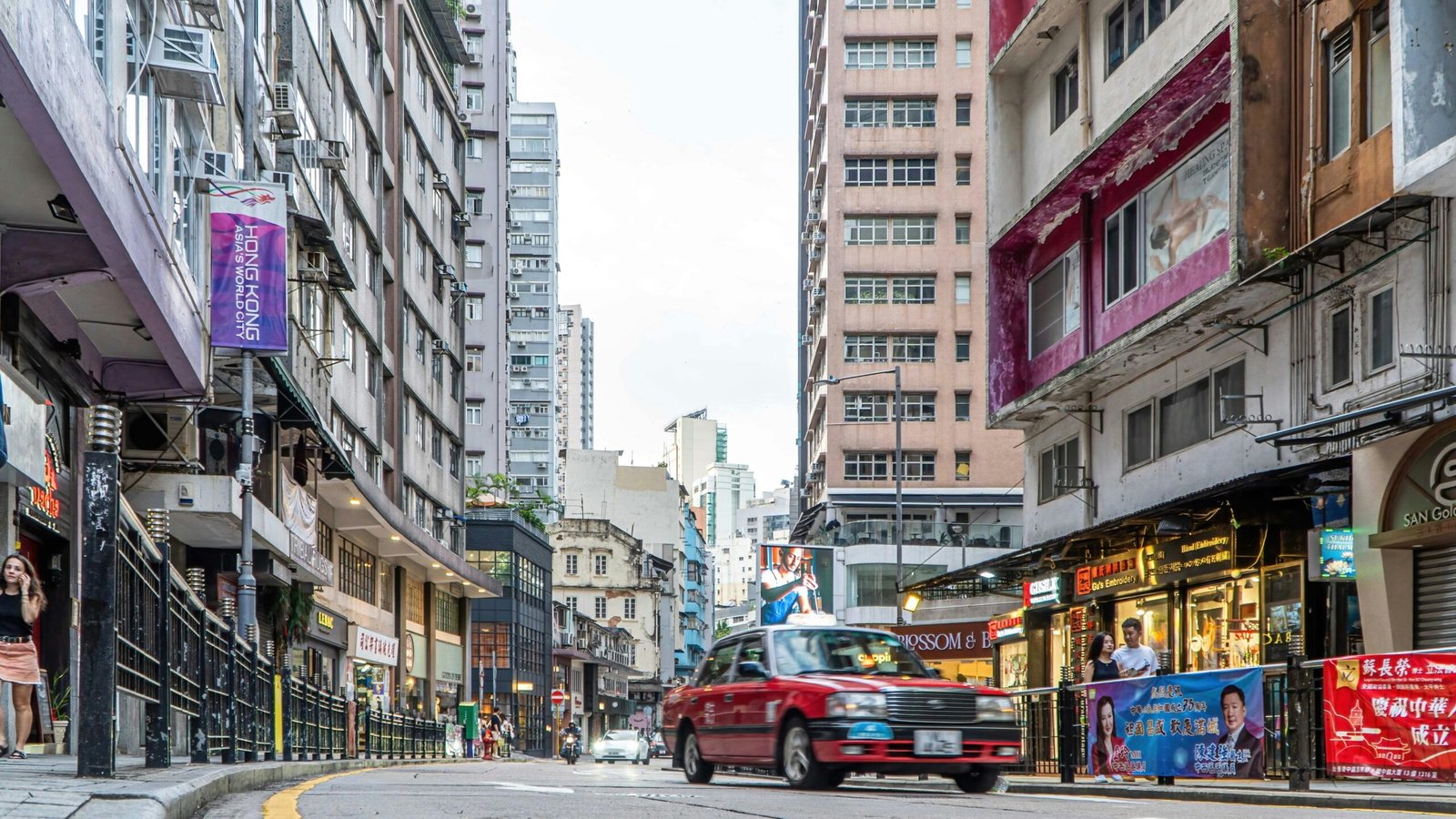Public transportation has been the backbone of urban mobility for decades. From buses to trains to subways, these systems have kept cities running smoothly, helping millions of people get to work, school, or any number of other destinations. However, as technology advances at a rapid pace, the future of public transport is looking much different than what we’re used to today. With electric vehicles (EVs) and autonomous technologies driving innovation, we’re standing on the cusp of a transportation revolution.
So, what does the future of public transportation look like? How will electric and autonomous innovations reshape the way we get around? Let’s dive into these exciting developments and explore what the future holds.
1. A New Era for Public Transportation: Why Electric and Autonomous Technologies Matter
Before we get into the specifics of electric and autonomous transport, let’s take a step back and understand why these technologies are so important for the future of public transport.
- Sustainability: As cities grow and climate change continues to be a pressing concern, reducing emissions and reliance on fossil fuels is key. Electric public transport offers a cleaner, greener alternative to diesel and gasoline-powered vehicles.
- Efficiency: Autonomous vehicles (AVs) have the potential to increase the efficiency of public transport systems by reducing human error, optimizing routes, and improving service reliability.
- Cost-Effectiveness: Over time, both electric and autonomous vehicles could lower operational costs. For cities, that means more affordable and accessible transportation options for everyone.
Now, let’s explore how these technologies are already changing public transport systems and what the future could look like.
2. Electric Buses: Charging Up the Future of City Transit
Electric buses are already becoming a common sight in many cities around the world. These zero-emissions vehicles are not only better for the environment, but they also offer a number of other benefits:
2.1. Reduced Pollution and Noise
Electric buses produce zero tailpipe emissions, which significantly reduces air pollution in cities. This is particularly important in densely populated urban areas where vehicle emissions contribute heavily to poor air quality. Additionally, electric buses are much quieter than their diesel counterparts, which can help reduce noise pollution and make public transportation more pleasant for passengers.
2.2. Cost Savings Over Time
While electric buses may require a higher initial investment compared to traditional buses, they have lower operating costs. EVs are cheaper to maintain since they have fewer moving parts, and the cost of electricity is generally lower than diesel fuel. Cities that switch to electric buses can expect significant savings in the long run, which can be reinvested into expanding and improving transit systems.
2.3. Faster Charging and Longer Range
Advancements in battery technology are allowing electric buses to charge faster and travel longer distances. In the future, we can expect to see fully electric buses that can operate all day on a single charge, eliminating the need for frequent pit stops. Some cities are already experimenting with wireless charging technology, allowing buses to recharge while in motion or at bus stops.
3. Autonomous Vehicles: The Next Frontier for Public Transport
When people talk about the future of transportation, self-driving cars usually come up. But did you know that autonomous vehicles (AVs) are also being developed for public transport? Imagine a bus or shuttle that doesn’t require a driver at all. While we’re still a few years away from fully autonomous vehicles becoming commonplace in public transport, the technology is progressing rapidly. Here’s how AVs could transform public transit:
3.1. Optimized Routes and Schedules
One of the biggest challenges in public transport is ensuring buses or trains are running on time, especially during peak hours. Autonomous vehicles have the potential to optimize routes in real-time based on traffic conditions, ridership demand, and other variables. By using AI to analyze data and adjust schedules, autonomous public transport could become more reliable and efficient, reducing waiting times for passengers.
3.2. Increased Safety and Reduced Human Error
Human error is a leading cause of accidents in all forms of transportation, including public transit. Autonomous vehicles can significantly reduce accidents caused by factors like distracted driving or fatigue. By relying on sensors, cameras, and AI, autonomous buses and trains will be able to anticipate and react to potential hazards more quickly and accurately than a human driver could.
3.3. Accessibility for All
Autonomous public transport could make transportation more accessible for individuals with disabilities, the elderly, or those who have difficulty using traditional public transport services. AVs could be equipped with special features, such as low floors for easy access, automated voice prompts, and AI-driven systems that assist passengers with mobility challenges.
3.4. Potential for On-Demand Microtransit
In addition to traditional large buses and trains, autonomous vehicles could also be used for on-demand microtransit. Microtransit refers to smaller, flexible vehicles that pick up passengers from various locations, similar to a rideshare service. These vehicles could be dispatched when needed, optimizing efficiency and reducing the need for large, empty buses on certain routes.
4. The Role of AI and Data in Shaping the Future of Public Transport
Electric and autonomous technologies aren’t the only innovations driving the future of public transportation. Artificial intelligence (AI) and data analytics are also playing a huge role in how we design and manage transport systems. Here’s how:
4.1. Data-Driven Decision Making
Cities can now gather vast amounts of data from passengers, vehicles, and infrastructure to make informed decisions about routes, schedules, and capacity. By analyzing patterns in travel behavior, cities can optimize transit networks, ensuring that buses, trains, and other vehicles are deployed where they’re needed most.
4.2. Predictive Maintenance
AI can help predict when a vehicle or infrastructure will require maintenance, reducing the likelihood of unexpected breakdowns. This not only helps keep the fleet running smoothly but also reduces the overall cost of maintenance, which can be significant for transit agencies.
4.3. Smart Traffic Management
In cities with heavy traffic congestion, AI can help improve the flow of public transport by coordinating traffic signals, adjusting routes, and providing real-time updates to passengers. AI-driven traffic management systems can prioritize buses or trams, reducing delays and improving service efficiency.
5. The Challenges of Implementing Electric and Autonomous Public Transport
While the future of public transport is undoubtedly exciting, there are some significant challenges that need to be addressed before electric and autonomous systems can become widespread:
5.1. Infrastructure Overhaul
For electric buses to thrive, cities will need to invest heavily in charging infrastructure. This includes installing charging stations along routes and at bus depots, as well as upgrading the grid to handle the increased demand for electricity. Similarly, autonomous vehicles will require new infrastructure to ensure they can operate safely and efficiently in urban environments.
5.2. Public Acceptance
The idea of riding in a self-driving bus or train may be appealing to some, but for others, it might feel a little unsettling. Public acceptance will be key to the success of autonomous public transport, and that will take time. Educating the public about the safety, reliability, and benefits of autonomous vehicles will be essential for widespread adoption.
5.3. Regulatory and Legal Challenges
There are numerous legal and regulatory hurdles to overcome before autonomous vehicles can hit the streets. Issues like liability in the case of accidents, privacy concerns related to data collection, and ensuring that AVs meet safety standards will need to be addressed before these vehicles can be deployed on a large scale.
5.4. Equity and Accessibility
As public transport evolves, it’s important to ensure that these innovations benefit everyone. Autonomous and electric vehicles should be affordable and accessible to people of all income levels, and efforts should be made to include underserved communities in future transit planning.
6. The Global Push Toward Sustainable Urban Mobility
Many cities around the world are already making strides toward more sustainable urban mobility. From ambitious electrification plans to autonomous vehicle trials, there’s a clear global push to make public transportation cleaner, safer, and more efficient. Cities like London, Amsterdam, and San Francisco are leading the way, setting ambitious goals for reducing emissions, improving public transit, and integrating new technologies.
For example, the European Union has committed to having all public transport vehicles be zero-emission by 2030, and cities like Shenzhen in China have already made the switch to an entirely electric bus fleet. Meanwhile, companies like Tesla, Waymo, and various startups are making significant strides in developing autonomous vehicle technologies.
7. Conclusion: The Road Ahead for Public Transport
The future of public transport is undeniably electric and autonomous. These innovations promise to make transportation cleaner, safer, and more efficient while reducing congestion and lowering costs. While there are certainly challenges to overcome, the long-term benefits for cities, passengers, and the environment are immense.
As electric and autonomous technologies continue to evolve, public transport systems around the world will become smarter and more connected. In the not-so-distant future, we can expect to see electric, self-driving buses and trains working seamlessly with AI-driven traffic management systems to create a smoother, more sustainable transportation experience for everyone.
FAQs
1. How will electric buses reduce pollution?
Electric buses produce zero tailpipe emissions, helping to reduce air pollution in cities. They also run more quietly, contributing to a reduction in noise pollution.
2. Are autonomous vehicles really safer than human drivers?
Autonomous vehicles have the potential to reduce accidents caused by human error, such as distracted driving or fatigue. They rely on advanced sensors and AI to respond to road conditions faster and more accurately.
3. Will electric and autonomous buses be more affordable than traditional buses?
While the initial investment in electric and autonomous buses may be higher, these vehicles are cheaper to maintain and operate over time. The cost savings from lower fuel and maintenance costs can make them more affordable in the long run.
4. How will AI improve public transport?
AI can optimize routes, improve traffic management, and provide predictive maintenance to reduce delays and costs. It can also analyze passenger data to create more efficient schedules and services.
5. When will we see autonomous public transport in our cities?
While some cities are already testing autonomous vehicles, full-scale implementation may take several years. Regulatory issues, public acceptance, and infrastructure upgrades need to be addressed before autonomous public transport becomes a common sight.




